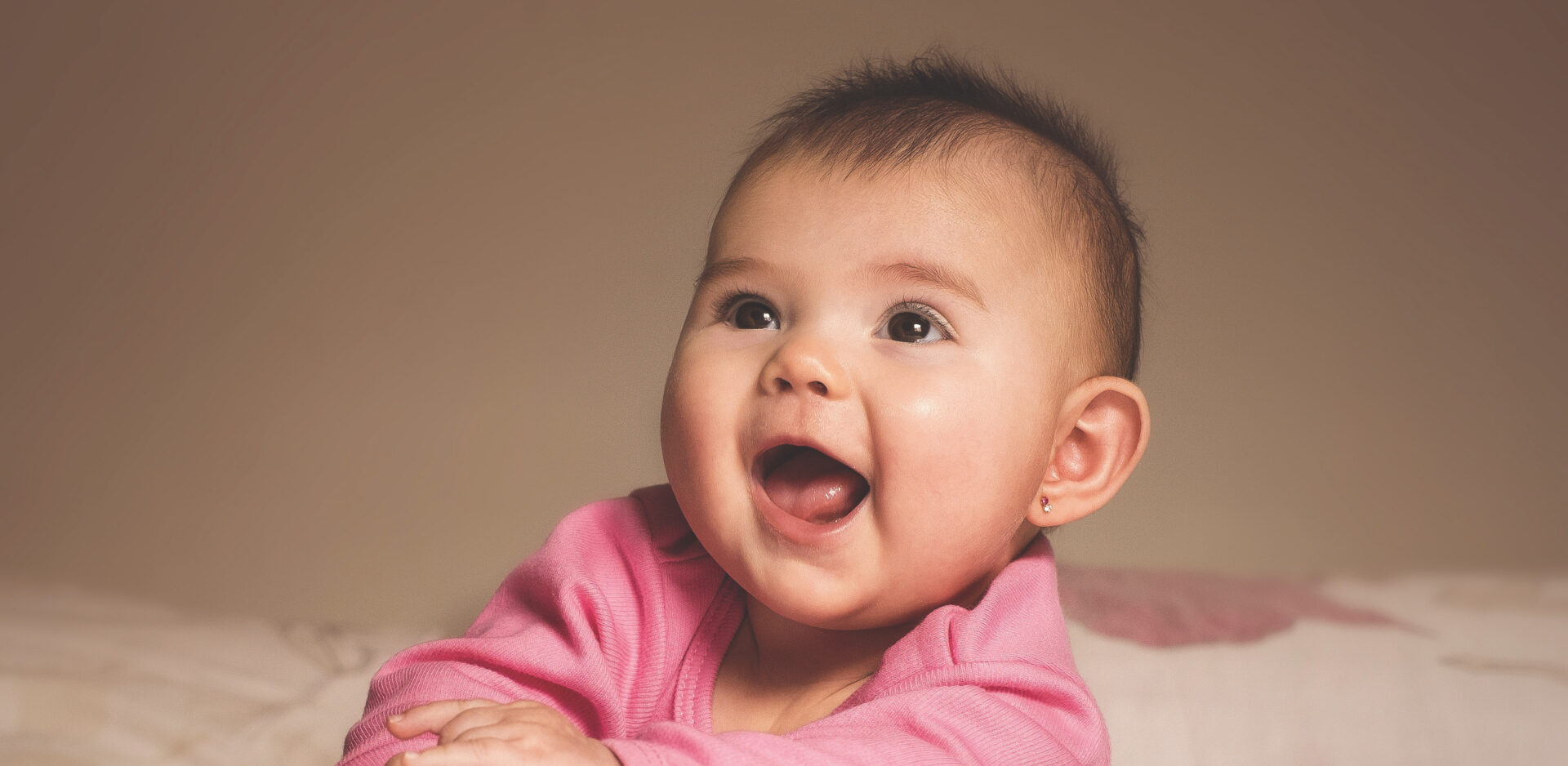The Early Years Study is the latest project to begin the recruitment phase at the Thompson Center for Autism and Neurodevelopment. This project will utilize audio recordings of infant cries in search of a new way to identify early signs for autism and developmental disabilities.
Researchers have been studying infant cry since the 1950s, but Dr. Stephen Sheinkopf is among the first to focus on it as a predictor of autism. Dr. Sheinkopf, who joined the Thompson Center as its Executive Director in 2021, began studying atypical vocalizations in young children with autism in the late 1990s and released his first paper on the subject in 2000. Following that, he began to use infant cry to study vocalizations in young infants. A paper published in 2012 led to funding from the National Institutes of Health (NIH) to develop the analytical algorithm used for the current iteration of Dr. Sheinkopf’s infant cry research.

The Rhode Island Neurobehavior Observation Study (RhINOS) was funded by the National Institutes of Mental Health (NIMH) in late 2019 and with the goal of following children in a longitudinal study starting in March 2020. Dr. Sheinkopf, the principal investigator, was at Brown University and Women and Infants Hospital in Rhode Island at the time. He partnered with researchers at the University of Rhode Island on the project.
The original methodology involved recording cries in a clinical setting; however, the onset of the COVID-19 pandemic forced the research team to redesign the study so parents could submit recordings using a smartphone. While allowing for remote recording posed some technical challenges, the data collection process became more convenient for participants, thus creating the opportunity to gather even more audio samples for the study.
After completing a postpartum survey with demographic information and family history, parents are asked to create recordings of their infant’s cry when they are 2-6 weeks old. The recordings are submitted to the research team via a mobile app for analysis. The team then uses specialized software to measure a large number of features for each cry sample, some of which are indistinguishable to the human ear.
Researchers ultimately hope their analysis will show patterns in the cries that can be used to identify infants with a high risk of autism. “We want to know how we can translate our findings into care,” said Dr. Sheinkopf. The sooner autism is diagnosed, the faster children and their families can be connected with therapies and support services.
The RhINOS and Early Years studies plan to follow 2,700 children from birth to age three. Nine hundred mothers of infants and pregnant women have been recruited in the first year.


